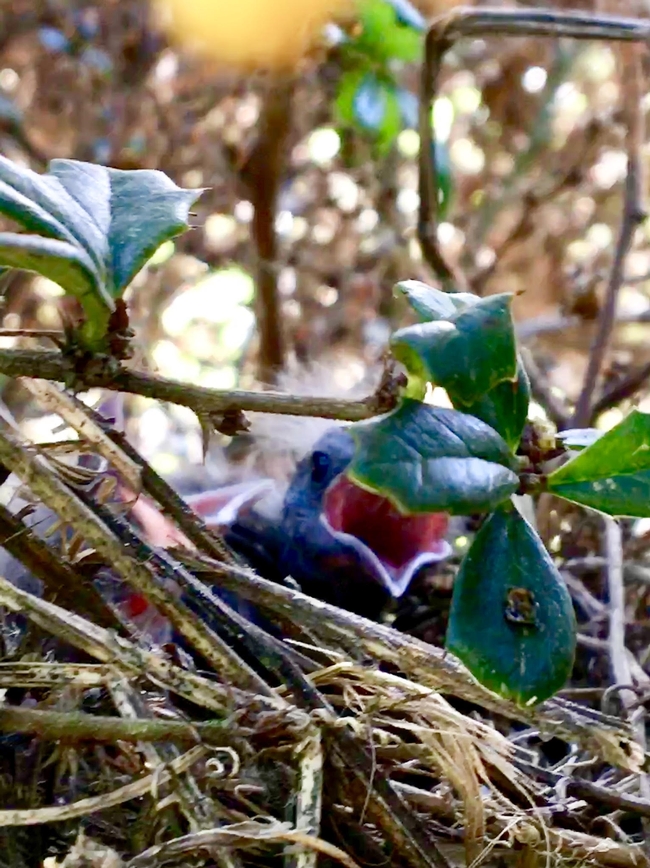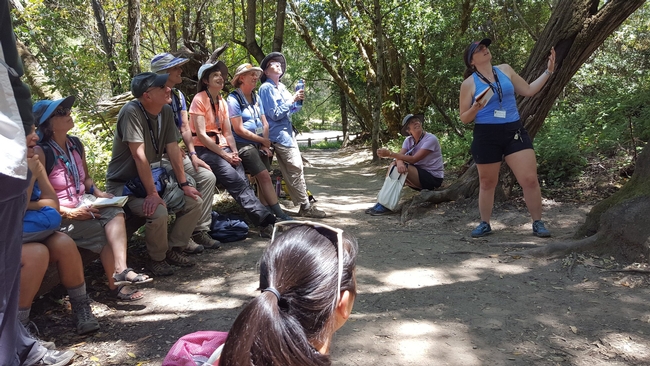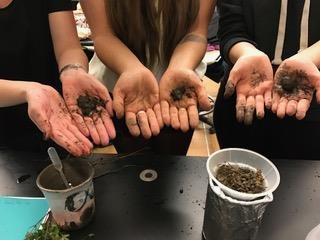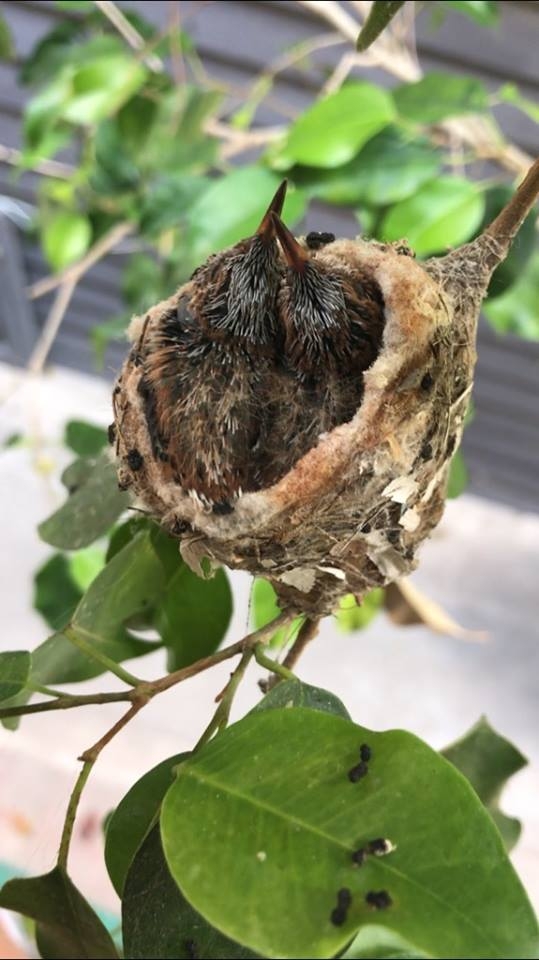
According to the US National Weather Service, we are facing "extremely critical Red Flag fire weather conditions today into Saturday across portions of SW California." Want to dive deeper into understanding the weather and record-breaking forecasts? Check out the Weather West blog, written by UCLA Institute of the Environment and Sustainability scientist Dr. Daniel Swain. http://weatherwest.com/archives/6364
How do you excite people about the sea? A UC San Diego music professor, Lei Liang, and his students created musical concerts using underwater visual imagery and sounds of shrimp, fish and coral animals. The group hopes to inspire ocean conservation among its audiences. Sounds and visuals were collected by Scripps Institution of Oceanography. Read about it here.

Happy Fourth of July to our aspiring and certified naturalists! As a statewide program of UC Agriculture & Natural Resources, #CalNat is proud to bring the research of the University of California to the people of our great state. Go outside and continue spreading the knowledge today! Check out a video about the UC ANR legacy here.
Fun facts from The California Naturalist Handbook: Hundreds of tiny alpine lakes are nestled in mountain cirques across the high Sierra Nevada, Cascade, and Southern California mountains. Cirques (pronounced “serks”) are bowl-shaped depressions carved by glaciers. Alpine lakes are blue because theyoligotrophic, having a marked deficiency of nutrients or other materials needed to sustain life.


All about the beautiful California buckeye tree, by California Naturalist and Tuleyome CalNat instructor Mary K. "Mare" Hanson - Naturalist. Read the article here.